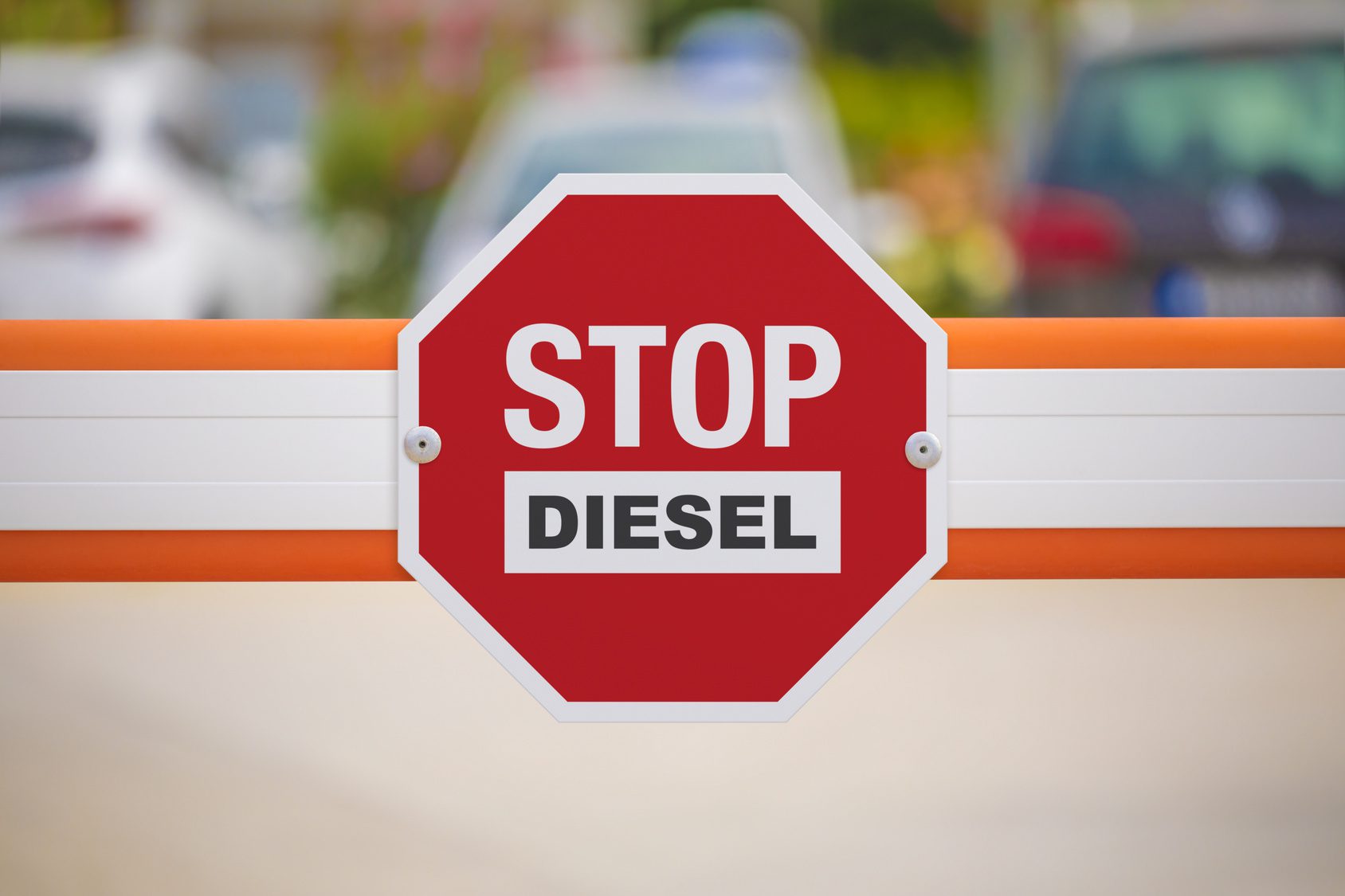|
On 17th January 2013, the Indian government took a major step towards the deregulation of diesel prices. A monthly (duration, undecided) hike of INR 0.50 (USD 0.01) for retail customers and INR 11.00 (USD 0.20) increase in diesel price for bulk customers has been proposed. This move is expected to reduce India’s fuel subsidy burden by about INR 150 billion (~ USD 3 billion) annually.
Why such high dependence on diesel?
Agriculture and power generation account for 20% of India’s diesel demand.
The agriculture sector, the mainstay of India’s economy, accounts for about 12% of India’s total diesel demand. For a typical Indian farmer engaged in semi-mechanized farming operations, diesel can account for up to 20% of the input cost. This primarily consists of expenses towards fuel used to plough field and a substantial amount used to operate water pumps for irrigation purpose.
The power sector demand for diesel is largely driven by inadequate and inefficient power generation, transmission and distribution infrastructure. As per available statistics, there is about 10% supply-demand gap in India’s power sector, which results in regular outages. Though India added about 20GW of generation capacity in 2011, more would be required if the country aims to match global per capita electricity consumption standards of 2,700Kwh. At present, India’s per capita consumption is about 900Kwh.
This mismatch in supply-demand of power is met by private power generation, accounting for 8% of India’s diesel demand. Shopping malls, housing societies, large hospitals and telecom towers are among the major consumers of diesel-generated power.
-
Across the country, diesel generators operate for 8-10 hours every day, to supplement government-supplied electricity, thus leading to excess demand for diesel.
-
According to government statistics available for 2011, private power generators and mobile phone towers consumed 4.6% and 1.93% of diesel, respectively.
Power is also lost in the form of aggregate technical and commercial losses, which amount to about 30% of the total power produced in the country. With a generation capacity of 205GW, approximately 60,000MW is lost while transmitting and distributing power to end-users.
-
As an indicator, reduction of these losses by even 50% can ensure power to about 8 million diesel pumps of 5 HP rating thereby saving of about 4-8 million litres of diesel per hour.
-
If the government took necessary steps to improve power availability by 50% of the current outage time (assumed to be eight hours daily as an average) then it is estimated that it would lead to the reduction of diesel usage in private power generation by about 4.5 million litres annually.
So, how can the heavy reliance on diesel be reduced?
-
Reduce price differential – Minimizing the price differential between petrol (gasoline) and diesel, which can be up to 30%, could go a long way in helping reduce the burden on diesel. Artificially-kept low diesel prices (coupled with better efficiency of diesel engines vis-à-vis petrol engine) have led to increased demand for diesel vehicles in India, thus resulting in greater diesel consumption. In 2012, diesel cars accounted for more than 50% of all passenger vehicles sold in India. In 2011, approximately 16% of diesel sold in India was consumed by passenger vehicles. Economists have often questioned the rationale behind selling subsidized diesel to passenger vehicle owners who can afford it at the market price. Policymakers have also mulled options to discourage the sale of diesel cars, which include higher taxes on diesel cars. However, such moves have been opposed by the Indian automobile industry. Industry experts admit that parity in diesel and petrol prices can shift balance in favour of petrol vehicles with a sales ratio of 55:45. For instance, if achieved in 2013, this could reduce the consumption of diesel by 200 million litres (based on a conservative estimate).
-
Alternate sources of power – Adoption of renewable sources of energy for power generation could also help in reducing the current diesel burden of India. Renewable power currently accounts for only about 12% of total installed capacity. For instance, an Indian telecom service provider Airtel has installed a 100 KW solar power plant in one of its major routing centres in Northern India. This is expected to save 26,000 litres of diesel annually. The company is planning to install similar system in six other locations as well.
-
Other measures – Better roads and highways would result in improved fuel efficiency of vehicles leading to lesser use of vehicles. Efficient intermodal logistics infrastructure, with a larger share of railways would reduce dependence on road transport.
Diesel demand in India would remain high due to its close linkage with day-to-day economic activity. However, it is apparent that current diesel usages are more than the actual requirement due to infrastructural shortcomings in the power sector. Therefore, addressing these issues would directly help in reducing diesel demand in India.
In the near term, it would be interesting to see how the gradual hike in diesel prices impact the economy at large, and more so, the budgets of the common man. As with several such measures in the past, the step towards change has to be politically driven and with general elections in sight in 2014, only time will tell how effective this much awaited reform is for India.




